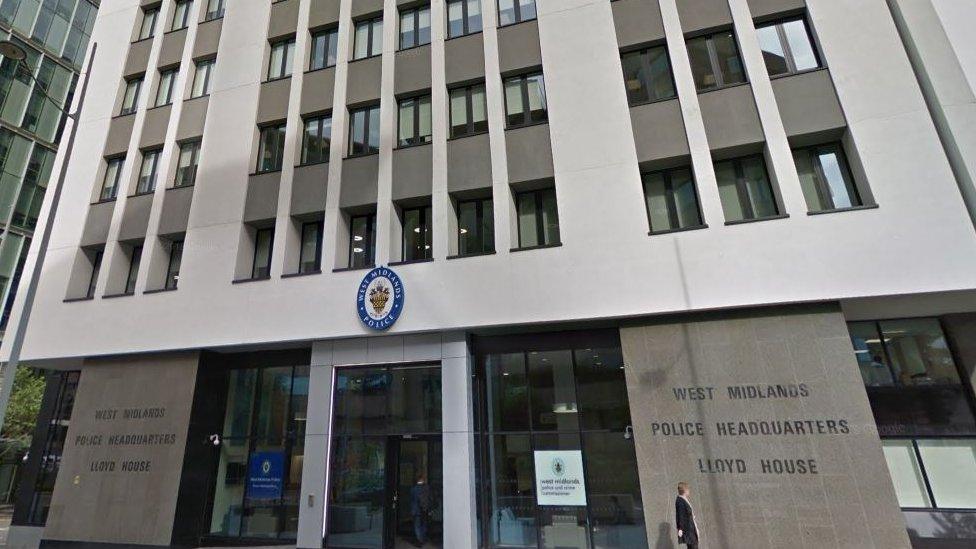Crime figures: Do the police know how much there really is?
- Published
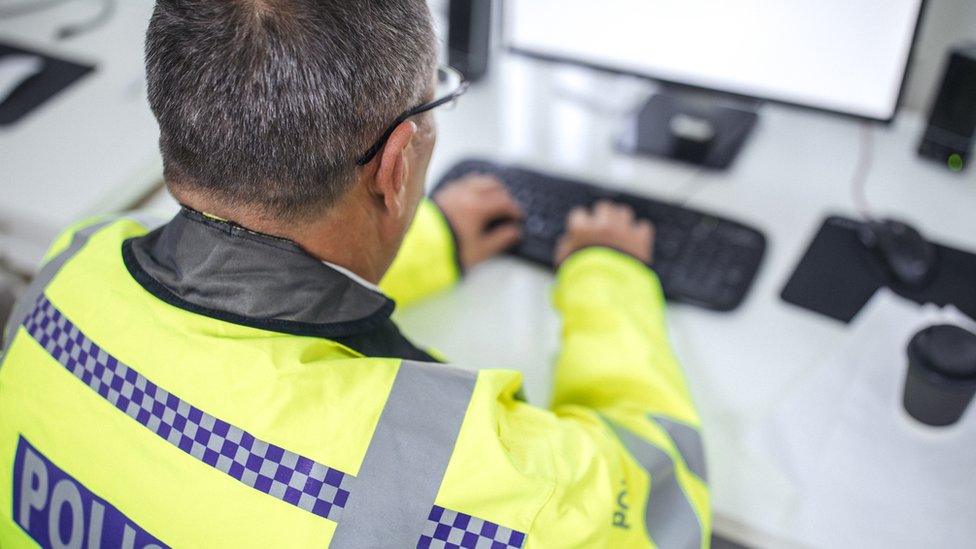
Police investigate reports but some forces have been criticised for not recording them as crimes
Police forces across England and Wales have been criticised for not recording hundreds of thousands of crimes reported to them each year.
Inspections of force databases have found offences, including violent and sexual ones, have not been counted towards official figures.
One force, Derbyshire, was found to have not recorded about 30,300 crimes a year, external, more than a third of the total in its area.
What is the difference between reported and recorded crime?
When an offence is reported to police, officers may have investigated it fully but it only counts towards Home Office figures, external if they "record" it as a crime.
Recording crime means the police can work out where, when and how often crime is happening as well as how to respond, what resources to put in and how to support victims.
Has under-recording affected crime statistics?
In 2014, a report by the UK Parliament's Home Affairs Select Committee, external said there was "strong evidence" of under-recording, which was exaggerating the rate of decrease in crime.
Police forces throughout England and Wales were found to have an "utterly unacceptable" rate of accurately recording crime.
The then HM Inspectorate of Constabulary (HMIC), now HM Inspectorate of Constabulary and Fire and Rescue Services (HMICFRS), estimated almost one-in-five crimes were not being recorded.
Is this data useless?
No, but on its own recorded crime is not seen as a complete picture of crime in England and Wales.
The Office for National Statistics (ONS) publishes the Crime Survey for England and Wales, external, which asks people about their experiences of crime.
The survey selects about 50,000 households at random from the Royal Mail's list of addresses.
Its results provide an estimate of crimes that may either have not been recorded by police or may never have been reported to them in the first place.
In recent years the two measures have got closer to each other and the ONS says "increases in police recorded violence as a result of improved recording could continue for some time".

Recorded crime figures are still useful, particularly when looking at types of crime people are more likely to report.
The ONS said people may be more likely to report a theft so they could have a crime reference number to make an insurance claim, external.
"For types of crime that are well-reported and accurately recorded, police data can provide a valuable measure of trends," it added.
What is being done about under-recording?
HMICFRS has been inspecting each police force and reporting on their "crime data integrity, external".
As of this month, 39 of the 43 forces for England and Wales had been inspected or re-inspected, with 20 told they need to do better.

Police forces have said the inspection reports do not show the work that goes into investigating crime.
Speaking in March, following the publication of Derbyshire's inspection report, the force's Chief Constable Peter Goodman said it had invested in areas such as neighbourhood policing.
"This in no way reflects the care and support we offer to victims, witnesses and in particular vulnerable victims," he said.
"If a member of the public phones the police in Derbyshire and reports a crime we will record that.
"Where they're saying we're not good is when that victim reports to us, or to another agency, a history of offending against them, we are not particularly good at recording that and it's the historical context that we are not particularly good at doing and we need to do more in relation to that."
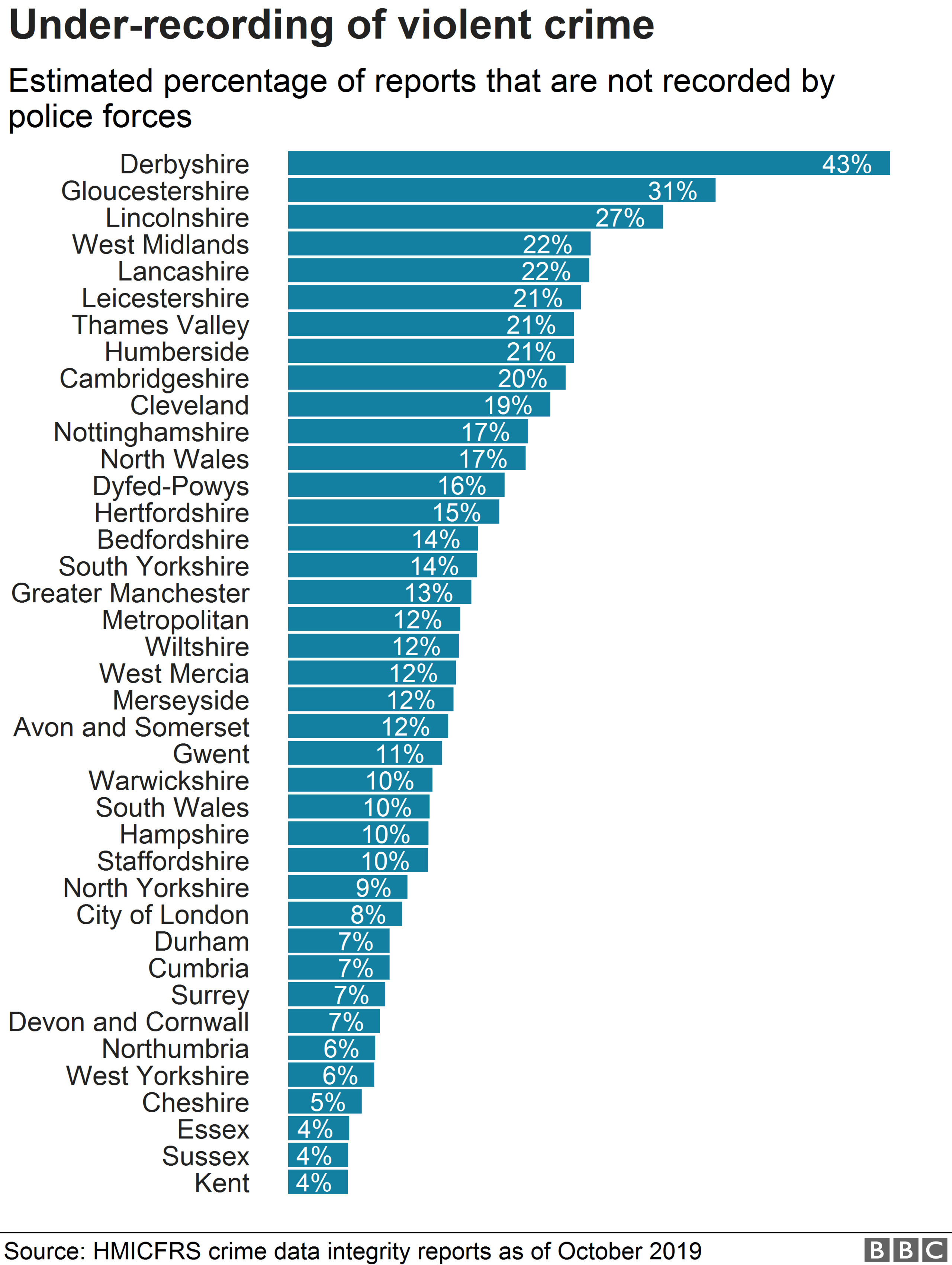

Deputy Chief Constable Louisa Rolfe, of West Midlands Police, which has been rated inadequate twice, said in January: "It is frustrating that, despite substantial progress, our grading has remained as inadequate."
She said the force was confident its current position was "much improved" and it could not be criticised for failing to put more resources into crime recording.
Leicestershire's Chief Constable Simon Cole also said in January, that inspections were focused on "numbers and categories", rather than the work that went into investigating crimes.
"It is an area that comes with hundreds of pages of detailed guidance and outcome of the recent inspection isn't a reflection of the level of investigation into any given crime, personal integrity or how officers and staff liaise with victims, and nor should it be interpreted as such," he said.
This article was written after we asked for readers' questions about the recording of crime and has been updated following the publication of the latest inspection reports.
- Published16 May 2018
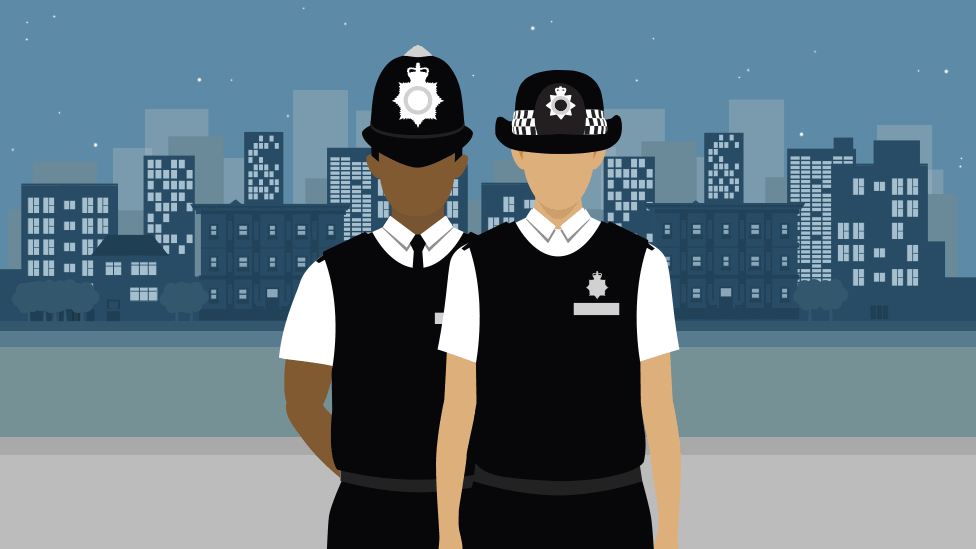
- Published7 June 2018
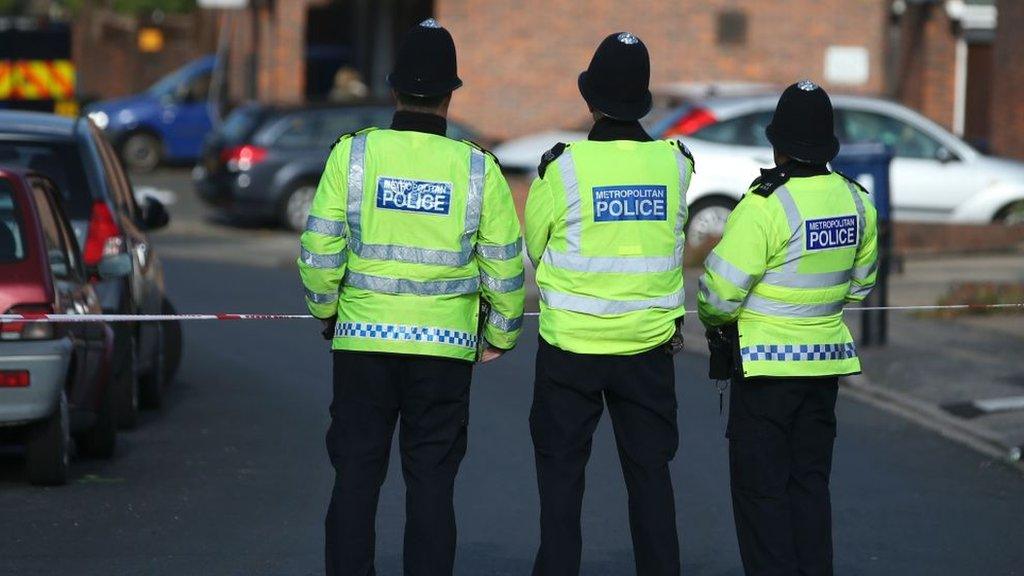
- Published15 January 2019
